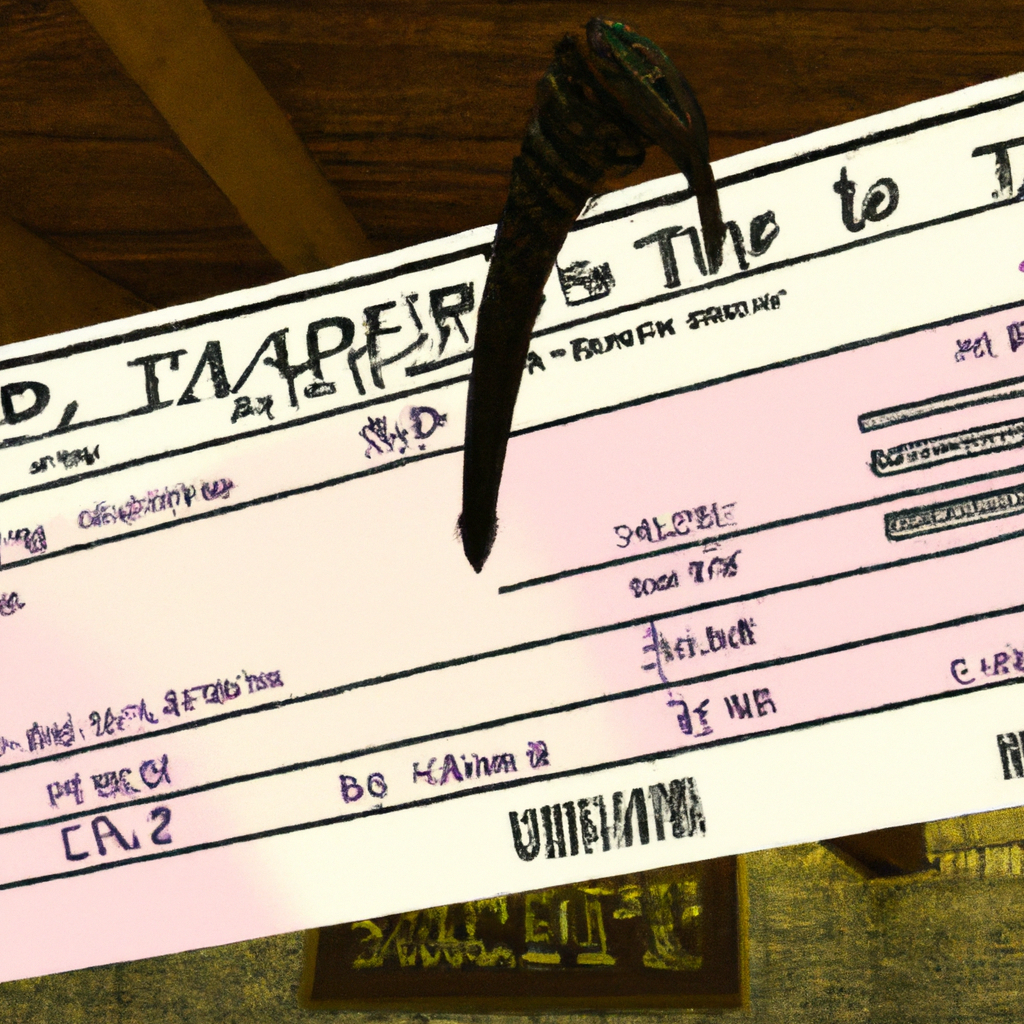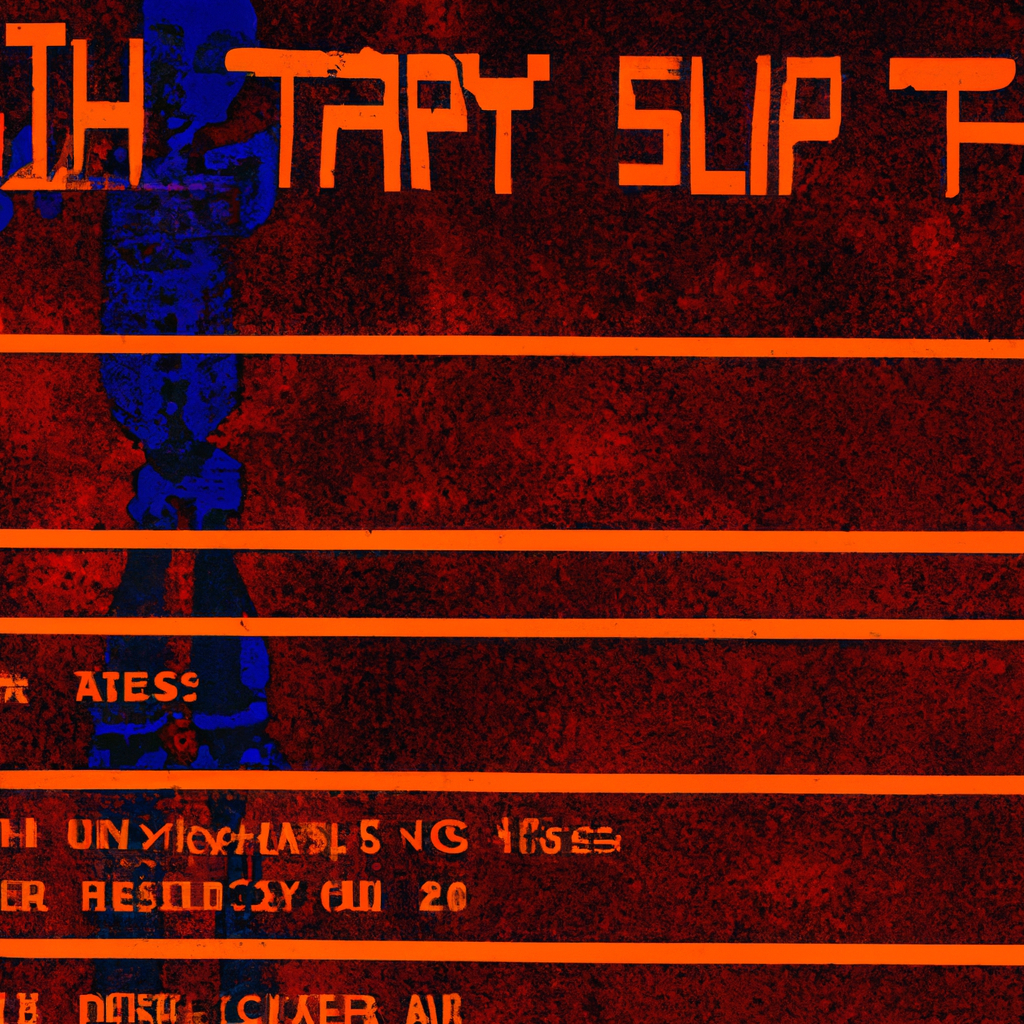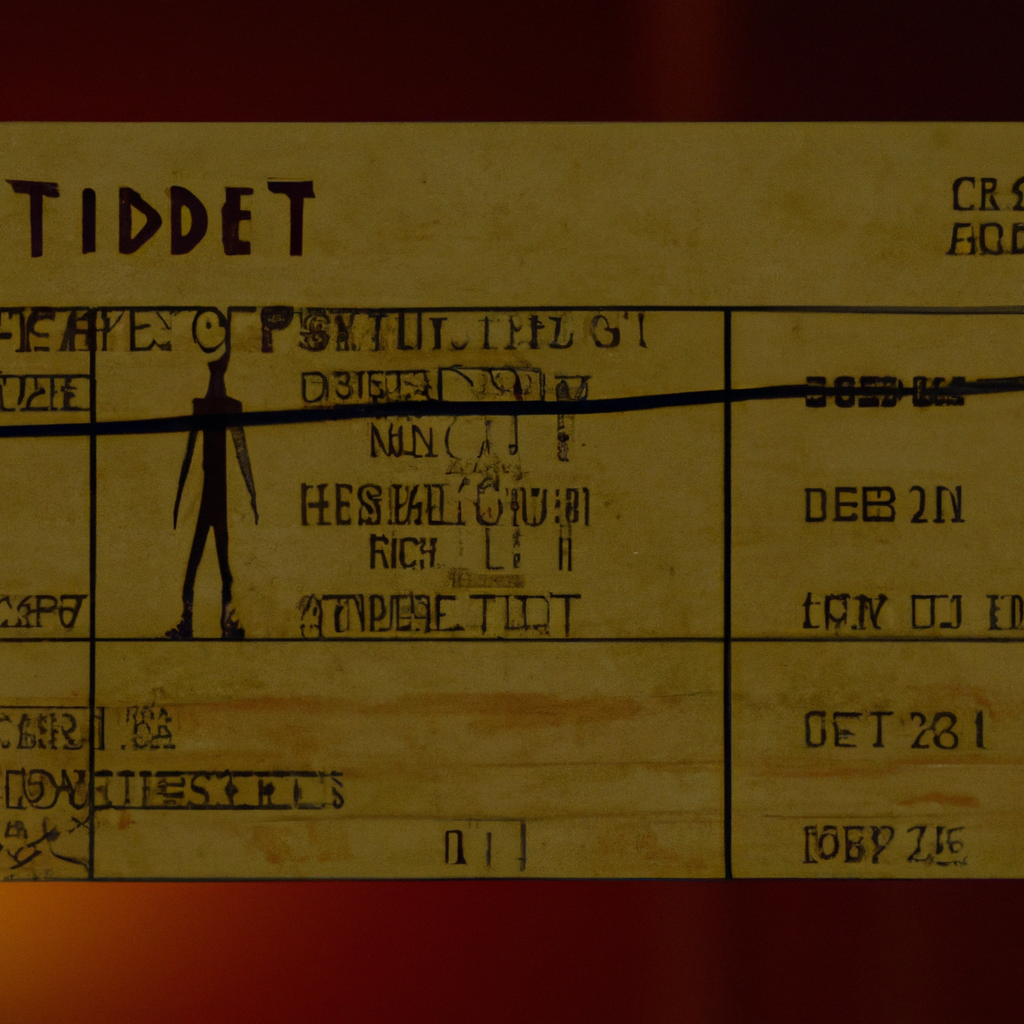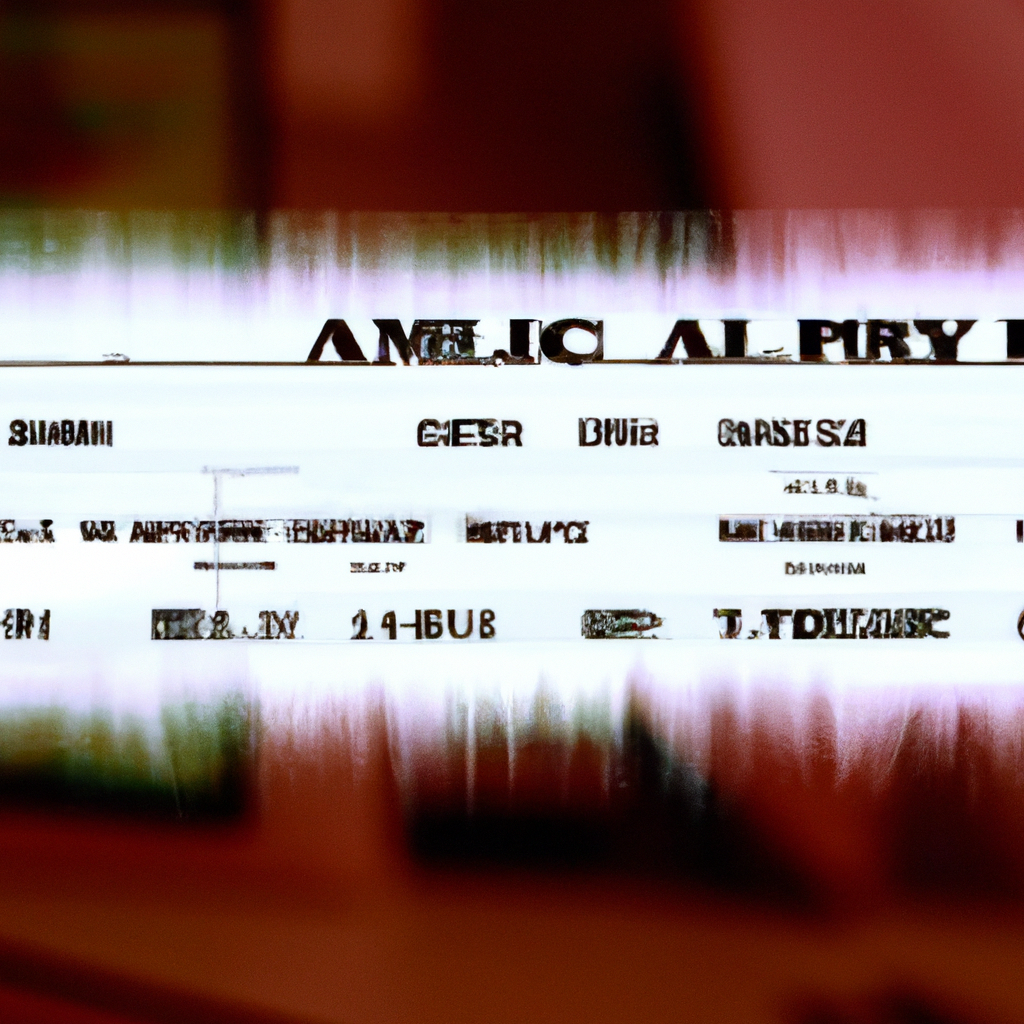Table of Contents
Introduction: What are Payment Slips and Why are They Important?
Payment slips are documents that provide information about a financial transaction between two parties. They are used to record payments made by customers to businesses, as well as payments made by businesses to their suppliers and employees. Payment slips are important because they serve as a record of financial transactions, which can be used for accounting and tax purposes. They also provide proof of payment, which can be useful in resolving disputes between parties.

Types of Payment Slips: Understanding the Differences
There are several types of payment slips, each with its own purpose and format. The most common types of payment slips include invoices, receipts, and pay stubs. Invoices are used by businesses to request payment from their customers, while receipts are used to provide proof of payment. Pay stubs are used by employers to provide employees with information about their pay and deductions.

Key Components of a Payment Slip: Breaking Down the Information
Payment slips contain several key components, including the name and address of the payer and payee, the date of the transaction, the amount paid, and the payment method used. They may also include additional information such as invoice numbers, purchase order numbers, and tax information.
Understanding Payment Methods: Cash, Cheque, and Electronic Transfers
Payment slips can be used to record payments made using a variety of methods, including cash, cheque, and electronic transfers. Cash payments are typically recorded using a receipt, while cheque payments are recorded using a cheque stub or pay stub. Electronic transfers are recorded using a bank statement or online payment confirmation.

Common Payment Slip Terminology: Decoding the Jargon
Payment slips may contain terminology that is unfamiliar to some people. Some common terms include “net amount,” which refers to the amount of money owed after deductions, and “due date,” which refers to the date by which payment must be made. Other terms may include “discount,” “late fee,” and “credit memo.”
How to Read a Payment Slip: Step-by-Step Guide
Reading a payment slip can be confusing, especially if you are not familiar with the terminology. To read a payment slip, start by identifying the payer and payee, the date of the transaction, and the amount paid. Next, look for any additional information such as invoice numbers or purchase order numbers. Finally, check the payment method used and any associated fees or discounts.

Payment Slip Examples: Real-Life Scenarios
To better understand payment slips, it can be helpful to look at real-life examples. For example, a customer may receive an invoice from a business for services rendered, which includes the amount owed, the due date, and any applicable taxes. The customer may then pay the invoice using a cheque or electronic transfer, and receive a receipt or confirmation of payment.

Payment Slip Errors: How to Spot and Correct Them
Payment slip errors can occur for a variety of reasons, including incorrect information, missing information, or incorrect calculations. To spot and correct errors, carefully review the payment slip for accuracy and compare it to any supporting documentation. If an error is found, contact the payer or payee to request a correction.

Payment Slip Security: Protecting Your Personal Information
Payment slips contain sensitive information, such as names, addresses, and financial information. To protect your personal information, be sure to keep payment slips in a secure location and shred them when they are no longer needed. It is also important to be cautious when sharing payment information online or over the phone.

Payment Slip Regulations: Compliance and Legal Requirements
Payment slips are subject to various regulations and legal requirements, depending on the type of transaction and the parties involved. For example, businesses may be required to provide employees with pay stubs that include information about their pay and deductions. Failure to comply with these regulations can result in fines and legal penalties.

Payment Slip Best Practices: Tips for Efficient Record-Keeping
To ensure efficient record-keeping, it is important to keep payment slips organized and up-to-date. This can be done by creating a filing system, using accounting software, and regularly reviewing and reconciling payment records. It is also important to keep copies of payment slips for at least seven years for tax and accounting purposes.

Conclusion: Mastering Payment Slips for Financial Success
Understanding payment slips is essential for financial success, whether you are a business owner, employee, or consumer. By understanding the different types of payment slips, key components, payment methods, and terminology, you can ensure accurate record-keeping and protect your personal information. By following best practices and staying up-to-date on regulations and legal requirements, you can avoid costly mistakes and achieve financial success.

